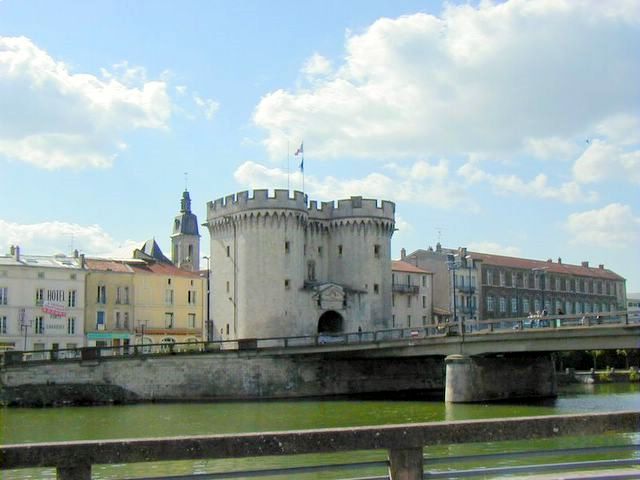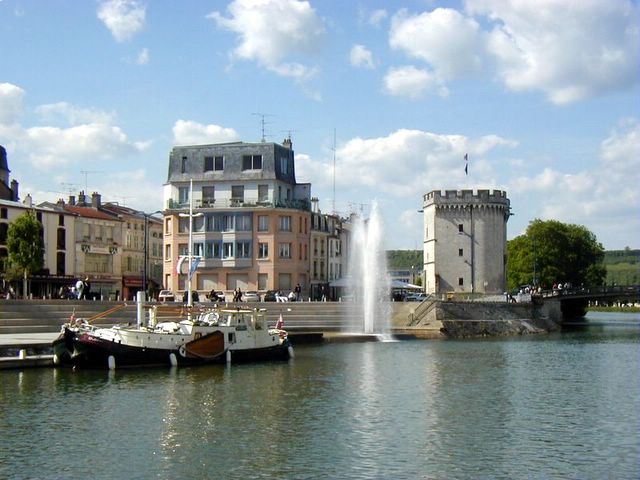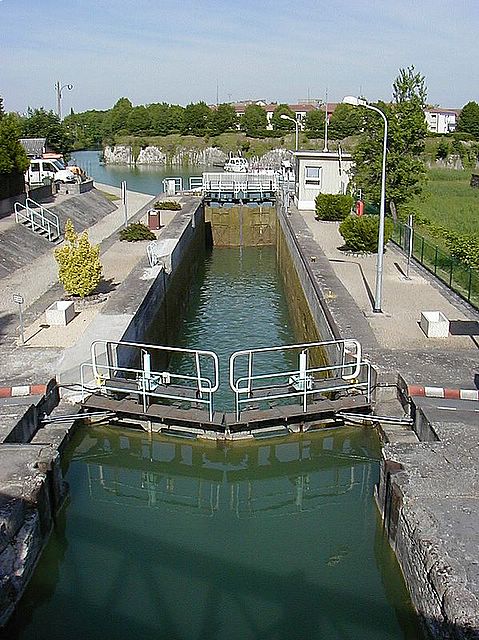
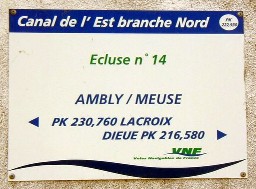
Each lock had a house for the lockkeeper. About 90% of them still exist today, but the automation of some locks means that many of them are not occupied.

When the locks were not automated the lockkeeper cranked them by hand. We pitched in to help when we could.
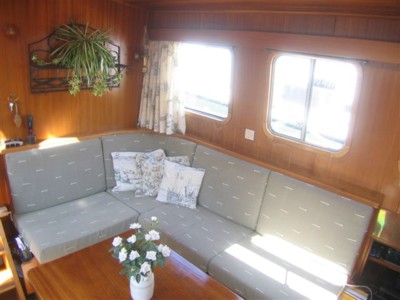

Hendrika's interior was similar to an RV or houseboat but with beautiful wood paneling. Living room above.


Small kitchen, cute kitchen with nice tile.
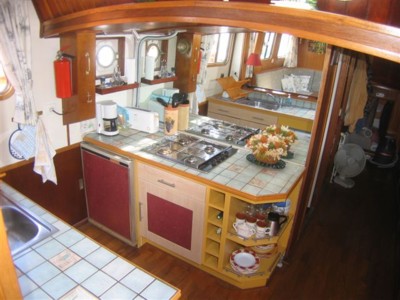

Left, another view of the kitchen, right, the master bedroom
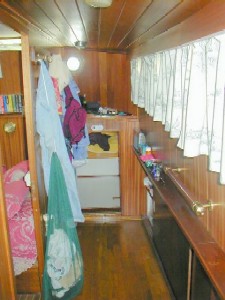


Left, the hall to the guest room; center "The Cave"; right, the bath.

Here is Steve on the roof of the cabin, which makes a nice sitting area.
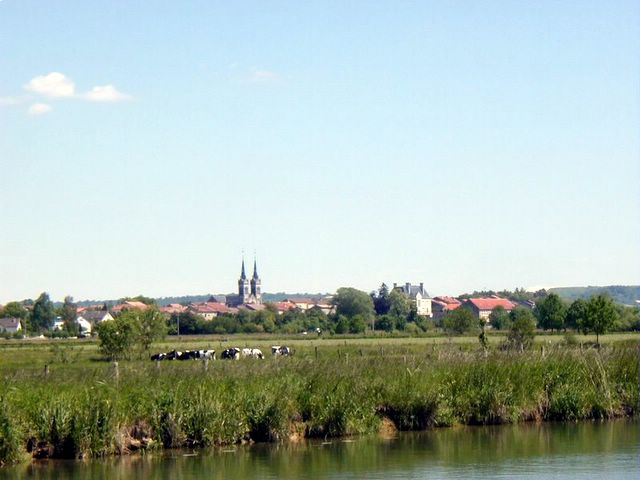
Some typical scenery while cruising down a canal.

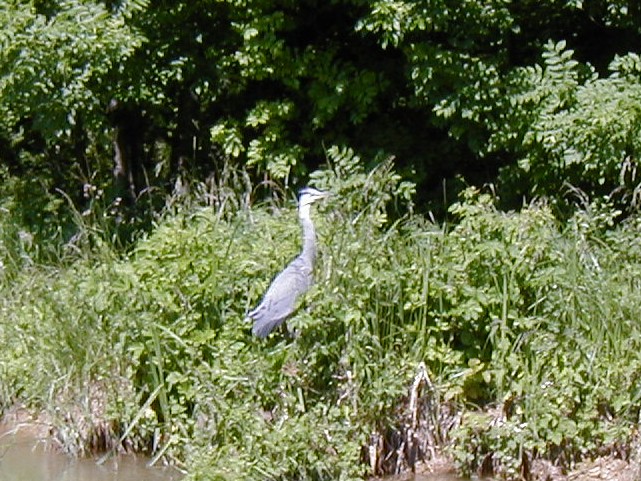
A great gray heron on the side of the canal.

Reaching the summit on the Meuse River side we negotiated a tunnel before descending into the Rhine River.

The cliche is too obvious.

Another boat, the Hannah Peel, as she exits the tunnel behind us.
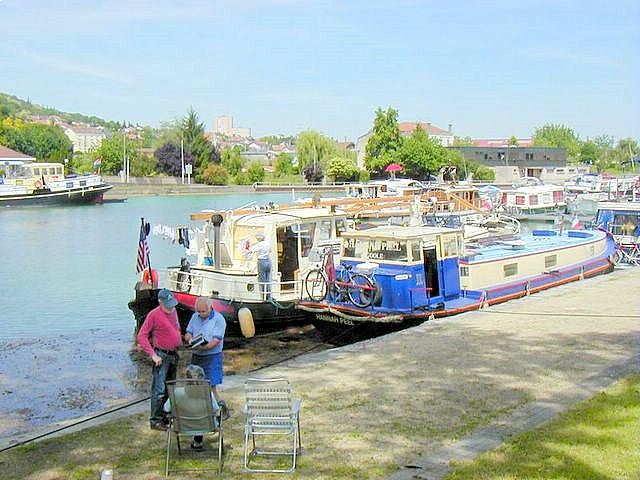
Rafting alongside the Hannah Peel. Once we discovered how well we worked together in the locks we traveled together for several days. Lenny and Susie are British, so language was a bit of a problem; we speak American.
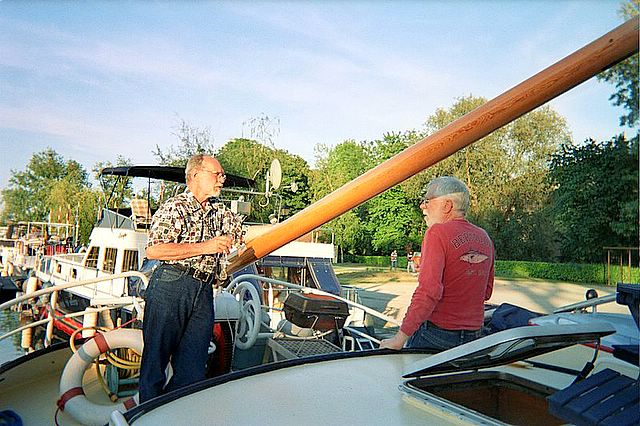

The captain and his wheel house.
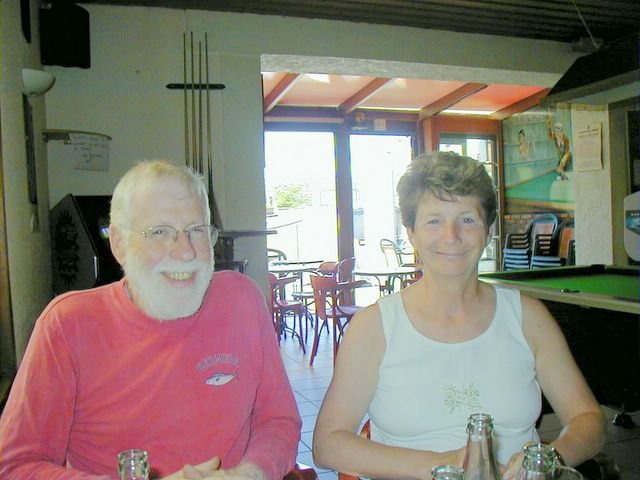
Our friends at lunch in a small pub near the train station.

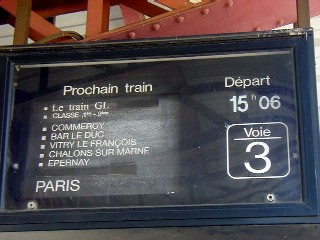
At the station in Toul, we boarded a train for Paris for the cities portion of our trip. Trains in France are almost as good as those in Germany. They are punctual and go almost everywhere. Plus, you get to relax and enjoy the scenery as you go to your next destination. A rental car didn't make sense, especially in Paris.
Click France 2006 #2 to continue our trip to Paris and Amsterdam




